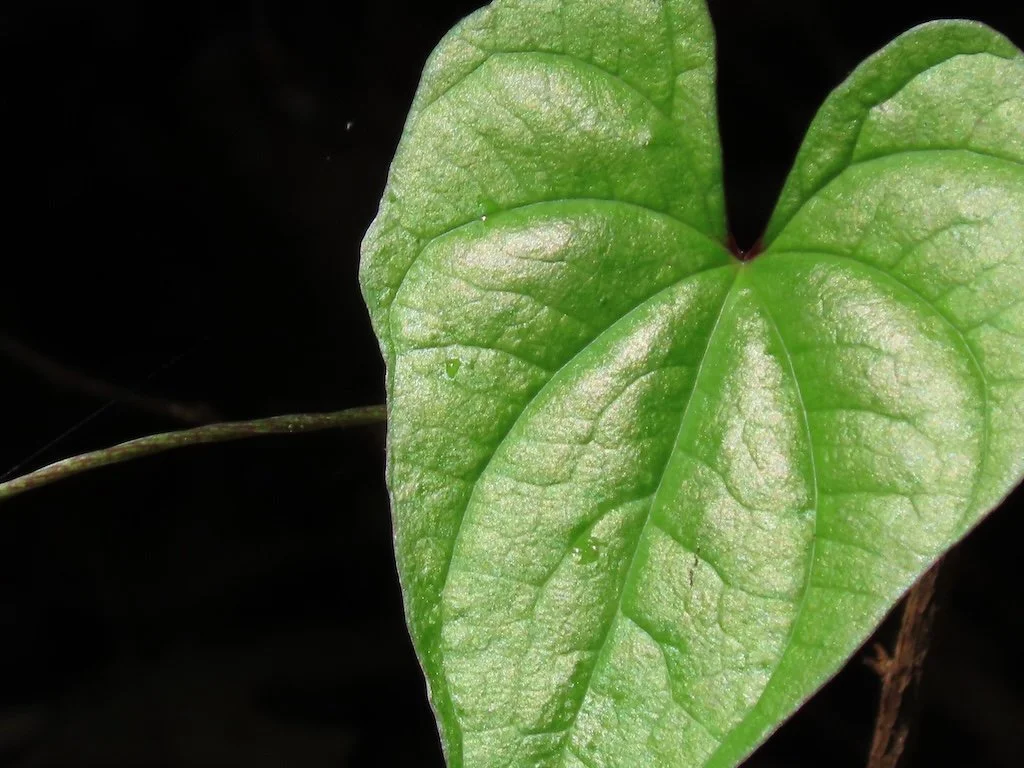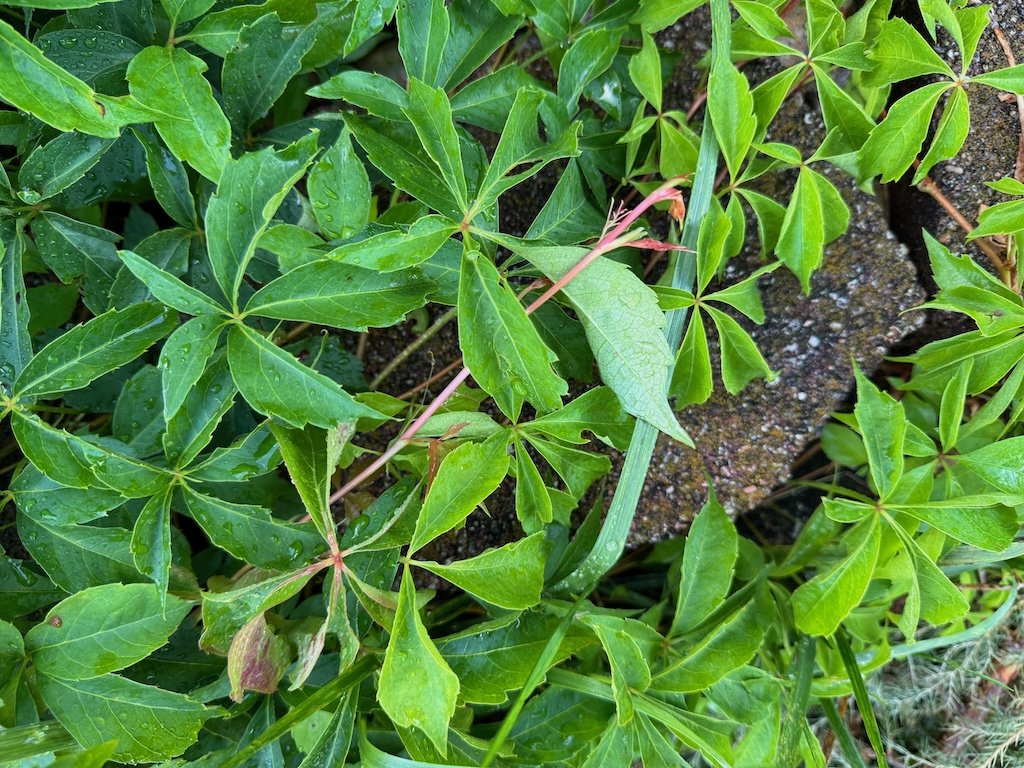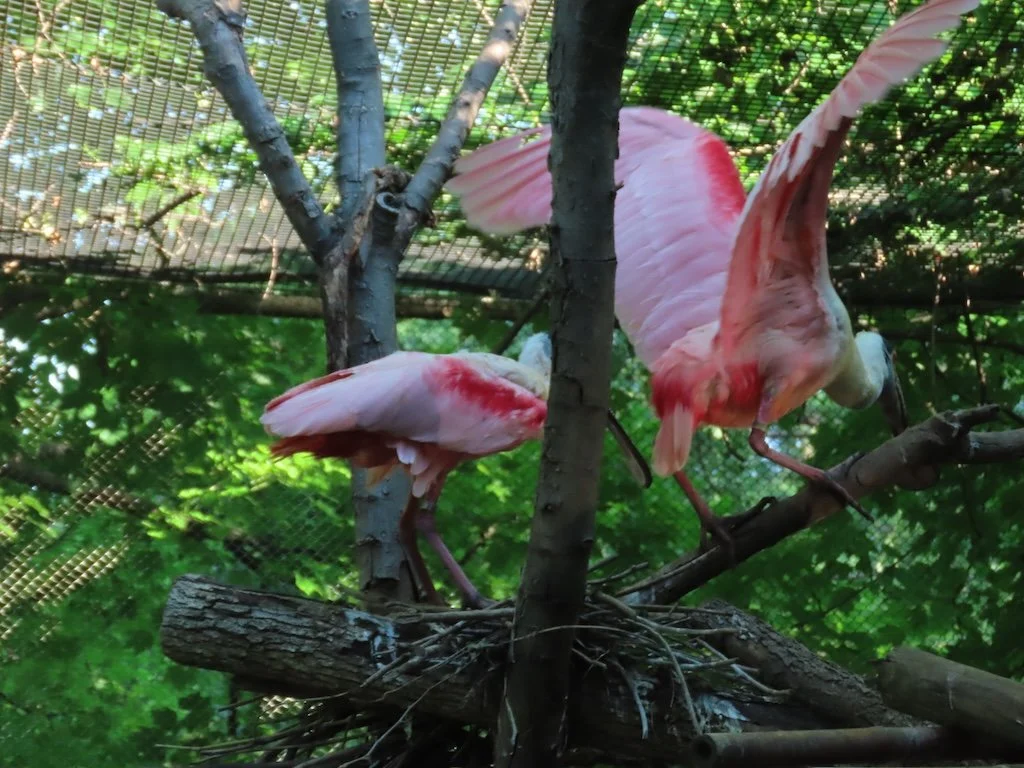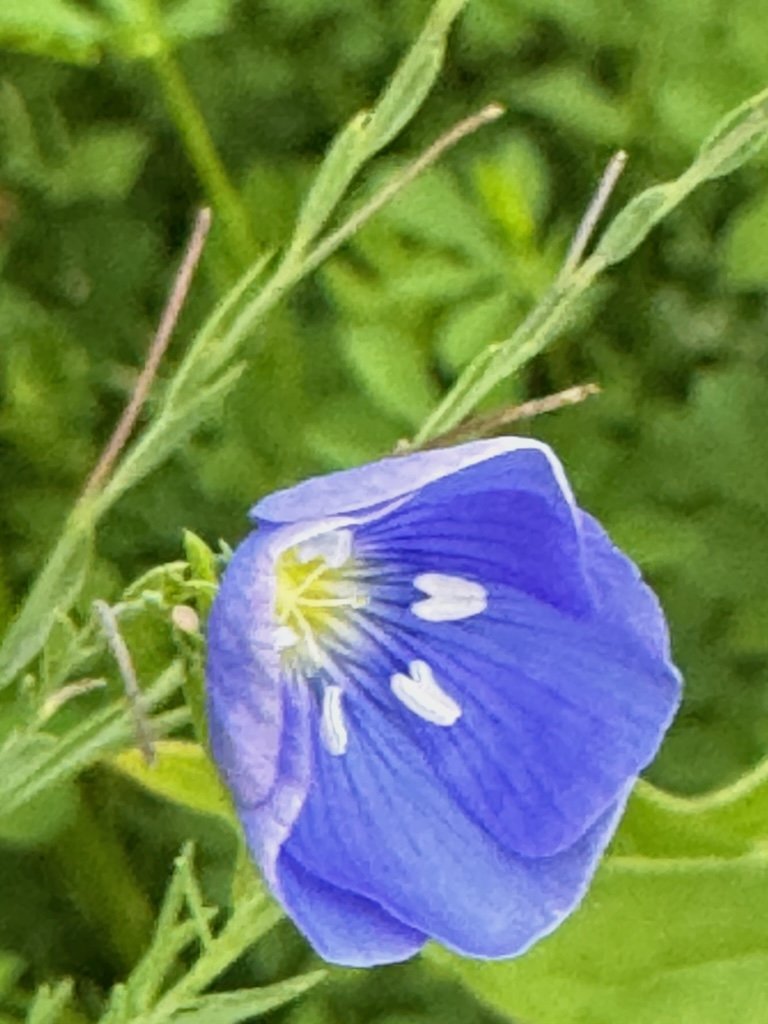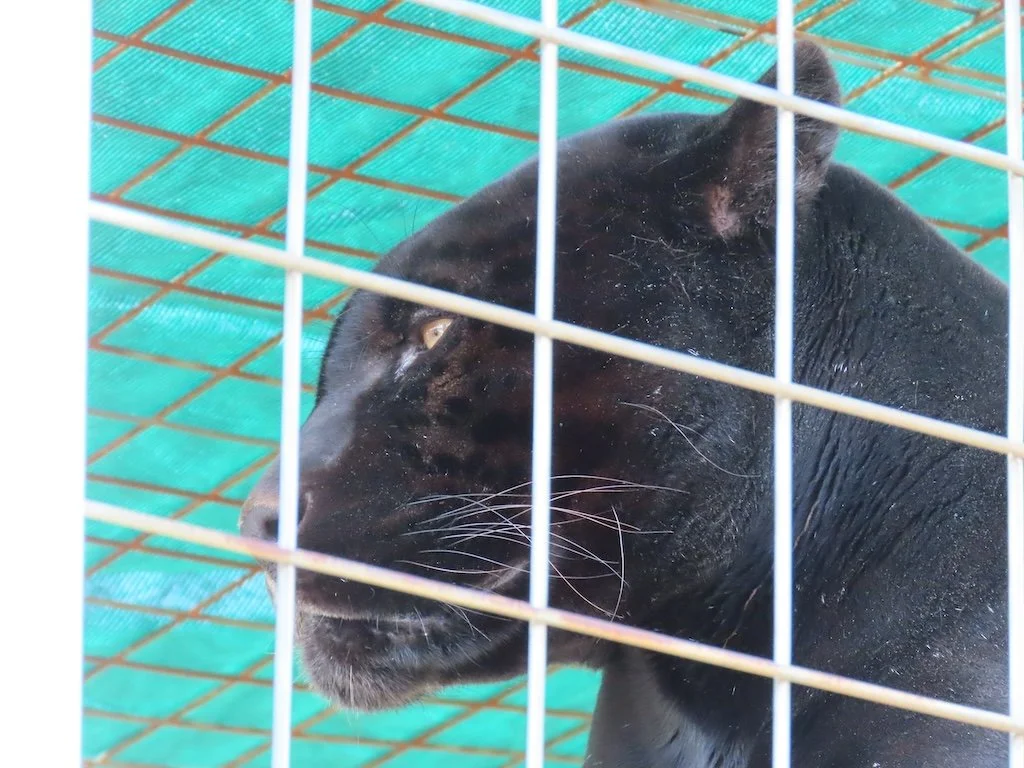There are lots of changes in my perception of health between the 1960s and today.
Allergies. Hay fever sneezes were a big part of my life during the growing season in Wichita Falls. TX in the 1960s. I remember learning to swallow pills as a young teenager so I could take over-the-counter medication! Now I almost never need to take anything for allergies. Perhaps better air filtration indoors overcomes the pollen and mold I experience outdoors….and maybe the areas I frequent now are not a challenging for people with hay fever tendencies.
Gastro-intestinal bugs. I remember having short duration ‘stomach flu’ in the 1960s. My mother gave us chipped ice, fizzy liquids or apple juice until we could graduate to saltine crackers and slowly back to other food. It never lasted very long. Strangely enough – I don’t remember any recent instances!
Blisters. I remember getting blisters from my shoes as I was growing up. It was probably because my heals were too narrow for most of my shoes…so the shoe tended to move around somewhat independent of the foot and rubbed when it did. I had a pair of sandals in the late 1960s that rubbed a blister on my big toe that was sustained enough (because I continued to wear the shoes) to create a scar. I guess I learned to buy and/or wear my shoes more effectively because I haven’t had a blister in a very long time.
Sunburns. Sunscreen was not available in the 1960s although I do remember thick white zinc oxide that lifeguards at the pool used on their noses. In general, people talked more of building up a tan early in summer to avoid burns later. Now – of course – sunscreen is very big deal for me…and wearing hats and sun-block shirts.
Cuts and scrapes. I had my share of skinned knees and minor cuts growing up…nothing bad enough to require stitches or an extra Tetanus shot. Some of them produced scars that have faded over time. These days I am more likely to get a paper cut than anything else although I am consciously eliminating as many fall hazards around my house as I can. My last scraped knees happened almost 10 years ago when I tripped over a chunk of asphalt at a star observing gathering in Hawaii (in the dark…the chunk of asphalt did not show up at all) and those scars are relatively new and very white. The response is very similar between the 1960s and now: clean the wound (soap and water), stop the bleeding with pressure, antibiotic ointment, bandage if oozing (otherwise give it air).
Foot/leg cramps. My feet have always been prone to cramps. In the 1960s, the cramps were most frequently arch related but sometimes involved the toes as well. In retrospect, they might have been mostly caused by dehydration. The same happens occasionally now but less frequently in my feet/toes more…in my ankles and calves. If I pay attention to my hydration before bedtime…they usually don’t occur!
Exercise. I remember tennis and softball and playgrounds in the 1960s; we walked to elementary school; hiking was one of the activities with Camp Fire Girls. I didn’t consider myself athletic and I still don’t, but I am more conscious of getting a baseline of ‘steps’ every day and sometimes longer walks as well. Mowing the yard and doing other gardening also counts as exercise for me now. In my current stage of life, exercise is one of the pillars to sustain mobility and health.
Coordination. I was growing fast in the 1960s, struggling to improve my coordination enough to dance or swim, play a musical instrument, or perform the tasks of living. Coordination now involves the challenges of intermittent aches in my back and joints…I move differently to keep from hurting! So far, I haven’t curtailed any activities, but I can envision a time…hopefully years in the future…when that could happen.
There is a contrast between growing up years and the being 70ish – but I also realize that it is not as substantial for me as it is for others. I have been fortunate.
Previous Then and Now posts























